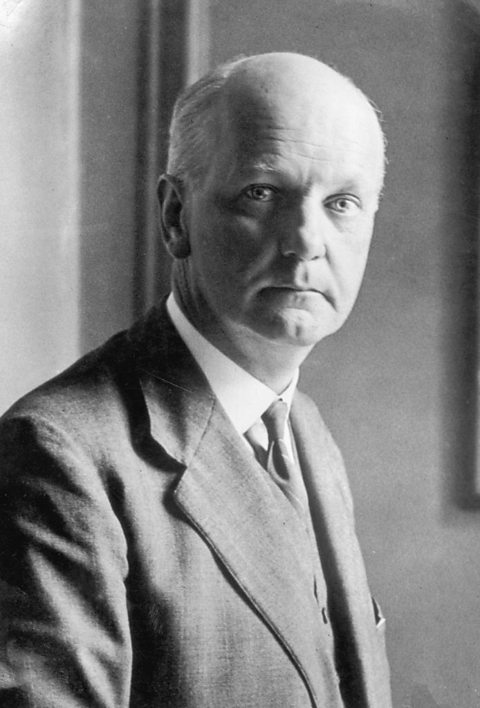
Visit any UK souvenir shop and chances are youтll spot a smaller version of the famous red telephone kiosk, which is loved the world over; on a t-shirt, a keyring or in the form of a mini model.
Designed by Sir Giles Gilbert Scott in 1924, the red telephone box - officially known as the K2 model - won a competition to find a replacement for the unpopular early version of the kiosk. The prototype still stands outside Londonтs Royal Academy. The K6, a streamlined version of the K2, was developed in 1935 - also by Gilbert Scott - and is the most commonly seen phone box on streets up and down the country to this day.
The rise of mobile phones saw a decline in use of these famous kiosks. At their 1990s peak, there were around 100,000 payphones in use in the UK. Today there are about 20,000, with around 3,000 of those housed inside Gilbert Scottтs famous 2.5m tall (8ft 3ins) 1935 design. But there is something in the appeal of these tall red booths that has led communities across the UK to take them to their heart. Even if they no longer contain a working telephone, theyтve found other uses for them, as ТщЖЙЙйЭјЪзвГШыПк Bitesize found out.
Portobello, Edinburgh: The Porty Light Box
As public phone boxes became less well-used, a scheme was introduced by telecommunications giant BT. For ТЃ1, communities around the country could adopt one of the red Gilbert Scott kiosks and transform them into something other than a place to make a call.
In the Edinburgh coastal suburb of Portobello, a booth on the corner of High Street and Bellfield Street was taken over by residents in 2012, who turned it into a way of showing off the townтs creative side.
Architect Steven Wheatley raised more than ТЃ1,500 through crowdfunding for the project, which saw fluorescent light tubes and acrylic panels installed in the box to illuminate artworks and creative projects in each of the boxтs exterior panes. Projects have included images of the townтs traders, a button that plays fiddle music and full-length stained-glass windows representing the women who feature in Christтs final journey in the Bible.
Portobello isnтt the only place to have phone box art galleries. Llanfrynach, a village near Brecon, opened one in 2011 and a project to transform a collection of boxes in Cheltenham started in 2014. Adopted phone boxes in other places are also used as mini libraries, book swaps, and sites to house A device used to apply an electric charge to the heart of someone who is suffering a cardiac arrest in an attempt to restore their normal heartbeat. - the latter involving BT working in conjunction with the Community Heartbeat Trust.

Kingsbridge, Devon: The nightclub in a phone box
In 2018, a kiosk in Fore Street, Kingsbridge - a market town in Devon - became the 5,000th to be adopted in the BT scheme and took on a very different life.
It became a very (very) small nightclub, with its own lighting and music systems, and a glitterball.
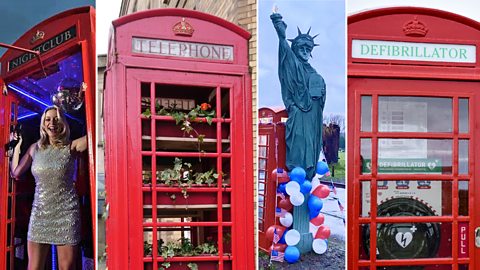
Anyone popping in for a personal boogie pays ТЃ1 (which goes to a local charity) to listen to songs such as Blondieтs Hanging On the Telephone or Electric Light Orchestraтs Telephone Line that are played down the receiver.
Like any nightclub, visitors need to stick to the rules. There is no alcohol allowed and itтs a maximum of two people in the club at any one time. Itтs worth sticking to those rules too - the phone box is situated just outside Kingsbridge police station.
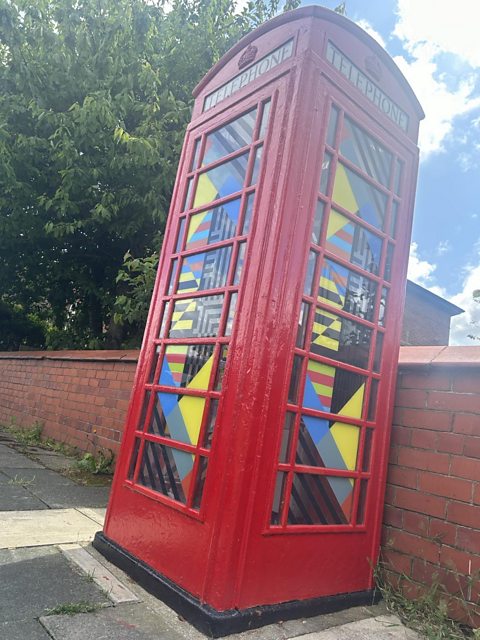
Meols, Wirral: The OMD phone box
Not far from the train station that serves the Wirral town of Meols (pronounced тMellsт) in Merseyside, stands a red telephone box that passers-by may spot as being a little different.
Instead of the regular clear panes usually found around the sides of a kiosk, thereтs some intriguing graphic design featuring sharp, clean lines and blocks of colour. It reflects the artwork used by Wirral synth-pop band Orchestral Manoeuvres in the Dark (OMD) for music releases over their 40-plus year career - and with good reason.
Before the band made their name in the late 1970s, members Paul Humphreys and Andy McCluskey used the phone box as their unofficial office, arranging gigs, speaking to their manager and finding out where their singles had charted. The box's phone number - 632 3003 - is mentioned in the lyrics of the bandтs second single, Red Frame/White Light, released in February 1980.
When OMD were successful enough to be able to afford their own telephone, and the wider public gradually stopped using the box to make phone calls, it was disconnected by BT in 2017 and removed. A concerned community of OMD fans, who feared the loss of a part of pop history, campaigned for its return and it was quickly reinstalled in the original spot. Whatтs more, itтs now an OMD mini-museum, with those aforementioned graphic design touches in the windows added by Merseyside artist John Petch, who has created several album and single sleeves for the band. Petch also added a mosaic on the floor of the kiosk reflecting the original single sleeve of Red Frame/White Light and fans can dial up messages from the band on the retro-style phone inside.
The box is now a place of pilgrimage for OMD fans from across the world. In 2021, for example, band devotee Christine Hall travelled the 3,500 miles (approximately 5,600km) from her home in Washington DC especially to see the kiosk.

Pennan, Aberdeenshire: The Local Hero phone box
In 1983, the movie Local Hero brought filmgoersт attention to the rural Scottish town of Pennan. Its plot involved plans to build a refinery on the peaceful haven, with a character called Mac (played by Peter Riegert) phoning his boss in the USA from the local phone box with updates on the project.
The film was a hit and boosted interest in Pennan - with the phone box becoming quite the tourist attraction. However, even booths made famous in the movies can fall victim to the rise of the mobile phone and the box found itself on the disconnection list in 2021 due to lack of use.
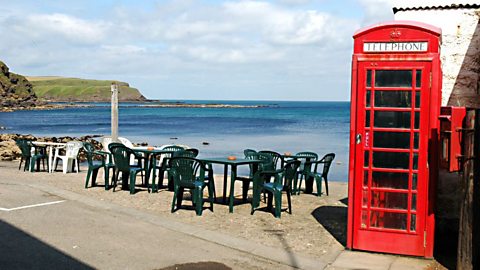
Initial attempts to adopt the phone box under the BT scheme were later deemed unnecessary. Due to the poor mobile signal in Pennan, it was decided the kiosk should remain for safety reasons, in case anyone needed to contact the emergency services.
An example of when a phone box is loved by a community simply for being a phone box, the Pennan kiosk is still kept looking spick and span for visitors by local volunteers - as any film icon would expect to be.
This article was published in July 2024.
Four incredible phone calls in history
From the first ever call to one out of this world, ТщЖЙЙйЭјЪзвГШыПк Bitesize takes a look at iconic phone calls in history
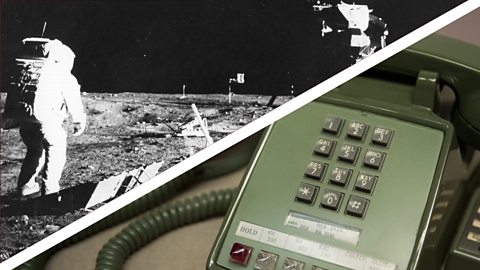
Five of the worldтs most unusual museums
The collections which focus on legendary creatures, pigs, espionage - and poo
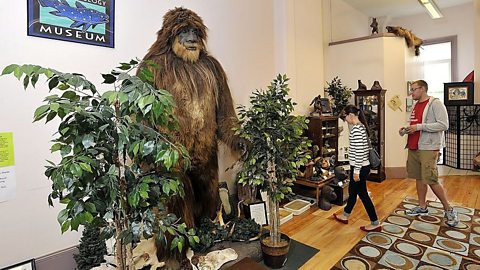
The surprising friendships shared by people in the spotlight
How education bonded Gordon Brown and Shakira - and Helen Keller's affection for the inventor of the telephone
